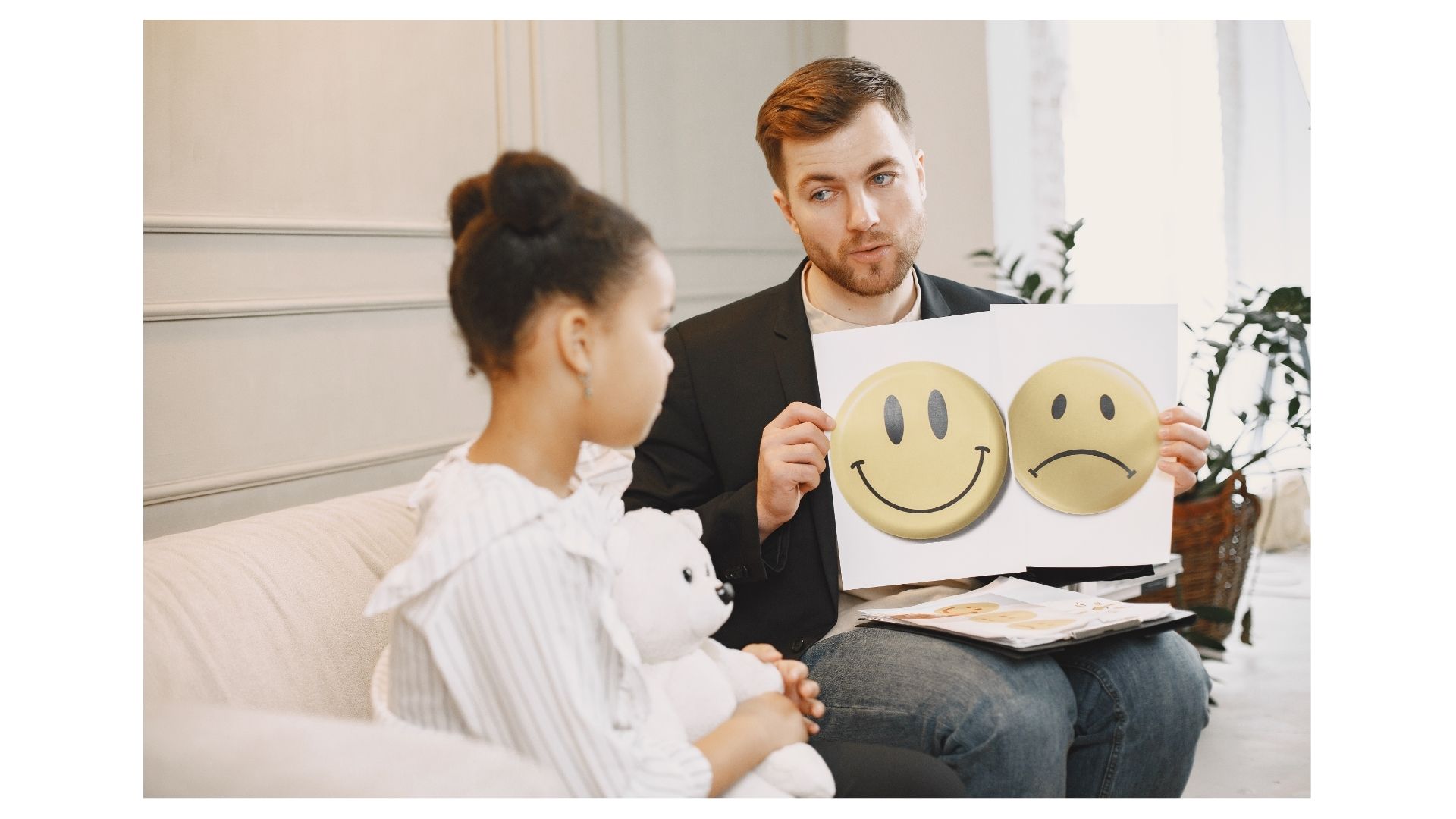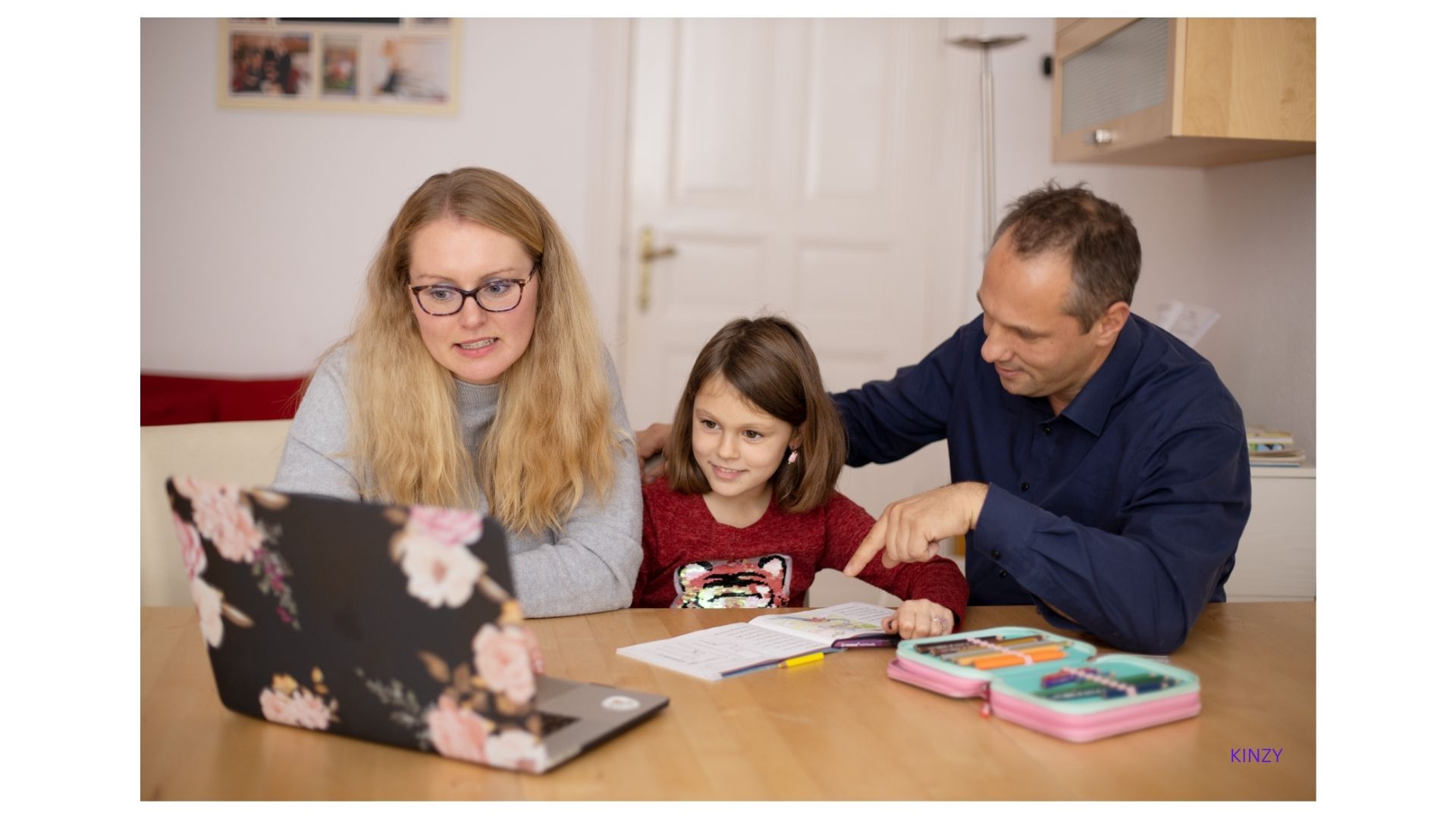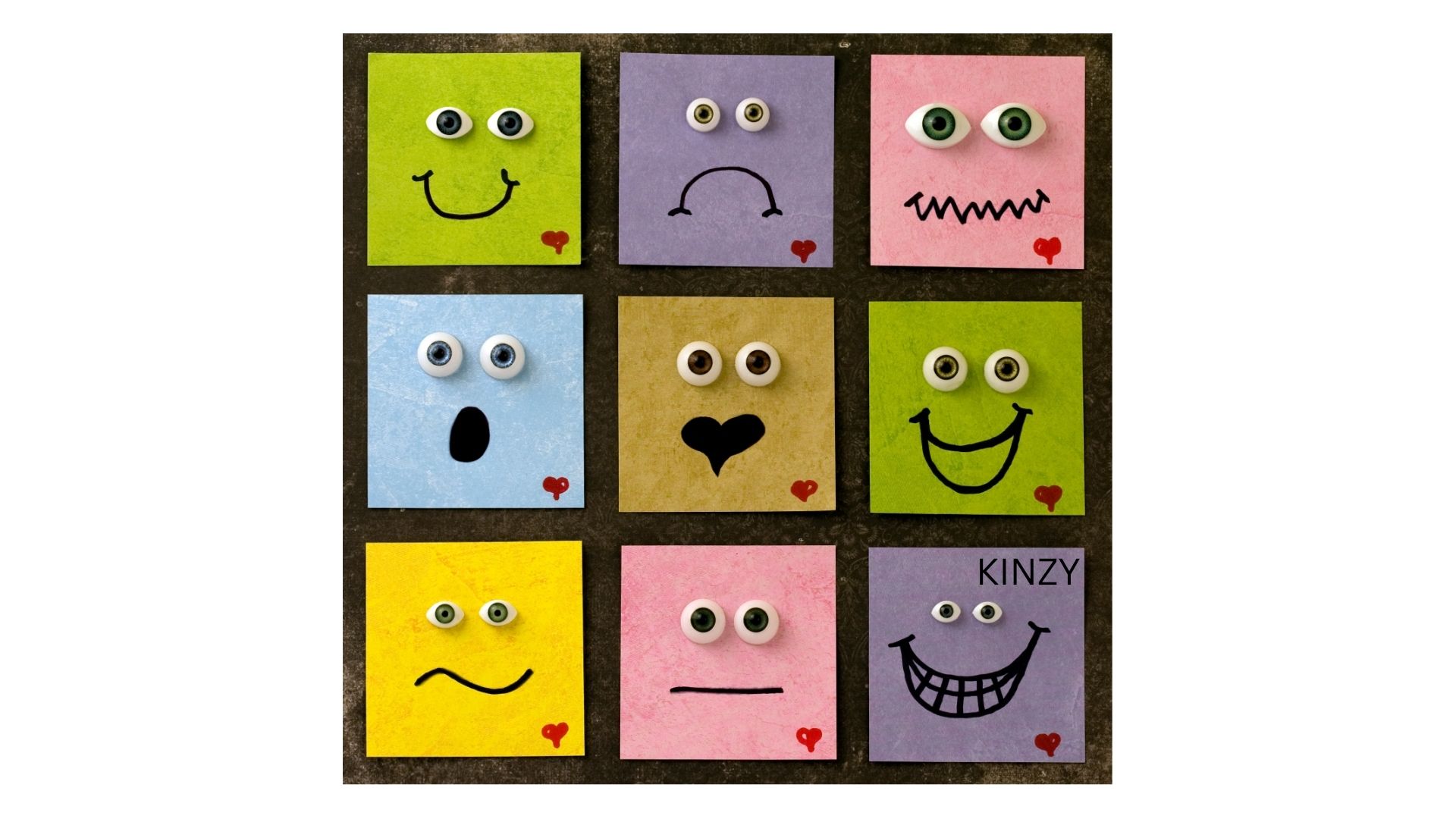As a parent of two kids, I’ve come to realize one simple truth—every child is different.
Some kids are extroverts – they love meeting new people. Others hide behind our legs. Some don’t stop talking and then there are kids who stay quiet and watch. This is perfectly okay. This little behavior makes up for something called temperament – it’s your child’s natural way of reacting to people around them.
In this blog, let’s learn about how we can help our kids understand their own and others’ temperament…
Lets understand what a Temperament is?
Temperament means how usually a child would behave in any situation. How would he feel, react or express himself/ herself? It’s basically the way they’re wired to behave from their childhood.
Some examples which can help you in understanding your child’s temperament:
- Is your child taking more time to warm up with new people?
- Is he crying loudly when frustrated or staying quiet and sulking in some corner?
- Is he super active or enjoying sitting quietly with a book?
Please understand, temperament is not something a child can choose or can “fix”. This is a part of who they are, just like hairs or eye color. Their personalities are just unique!
By knowing the temperament, a child can learn how to manage their emotions, build healthier relationships with people around and thrive in newer situations.

Why Should We Talk About Temperament With Our Kids?
Helping your child understand temperament is the best gift which you can give them, here’s why:
- Builds Self-Awareness: Kids feel confident when they understand themselves better i.e. why do they feel or react in certain ways. For example, A child saying : “Oh! That’s why I feel scared when I try new things.” means he is understanding his behavior when exposed to new challenges
- Develops Empathy: Kids begin to understand that not everyone reacts the same way in similar situations.. Some may feel scared while others may be excited. This develops empathy / kindness in them. For example, A child saying: “My friend is not bad, he just gets angry quickly. Maybe he needs some time.”
- Manage their Emotions better: Knowing what triggers helps them and under what situations can enable a child to find a way to calm themselves or speak up when the situation really happens. For example – We parents often compare our kids to – “See how brave your cousin is!”.
Conversation about handling temperament will let them react better when such situations arise.

How to Explain to your child (By Age Group)
Ages 3–5: Use Stories & Playtime
- Read books to your kids or tell stories with characters like Krishna, Hanuman, mystery or simple animals. Talk about how they felt: “Do you think Hanuman was nervous before flying to Lanka?” Here are some quick stories which you can use – https://kinzy.club/blog/10-short-stories-with-morals-for-kids/ .
You can also try our Kinzy App and co-create stories with your kids. - Try doing role-play by using dolls or toys to act out emotions: “Let’s pretend this doll is sad. What can we do to make her happy?”
Ages 6–9: Use Real-Life Examples
- Point out gently the patterns which you observe in your child : “I’ve noticed that you like quiet time after you wake up.” That’s how your brain works, we appreciate your self-time.
- Spend casual time with your kids by drawing together with stickers, colors.
- Share your real-life examples, talk to them about your childhood, how you behaved and handled situations when you were a child
Ages 10+: Talk Like a Team
- Ask things like: “Do you feel shy in big groups? Why do you feel angry?”
- Share your own feelings too: “Even I used to get nervous sometimes when meeting with new people.”

Here Are Some of the Simple Ways to Explore Temperament Together..
- Make a “About Myself Poster”: Stick your child’s photo in the middle. Decorate it with drawings or photos and write what makes them happy, scared, tired, excited, etc.
- Play “What Would You Do?” : Describe different scenarios and ask how they’d respond. For example – “What would you do if a new friend didn’t talk to you? What if they shouted a lot?” Then talk about different ways others might respond.
- Tell stories using Kinzy App (or any creative app): Help your child make a story with a character who shares their feelings. It’s a fun, creative way to teach empathy beautifully.

❤️ From One Mother to Another…
We don’t need to fix our children’s temperament. Teaching our kids about temperament isn’t about labeling them, it’s about helping them recognize that their reactions are normal, understandable, and manageable.
When kids understand themselves, they feel more confident. When they understand others, they become more compassionate.
And that’s the kind of learning which lasts a lifetime..!
We need to guide them gently through this path, and let them know:
“You are perfect the way you are. And I love every part of you.”





